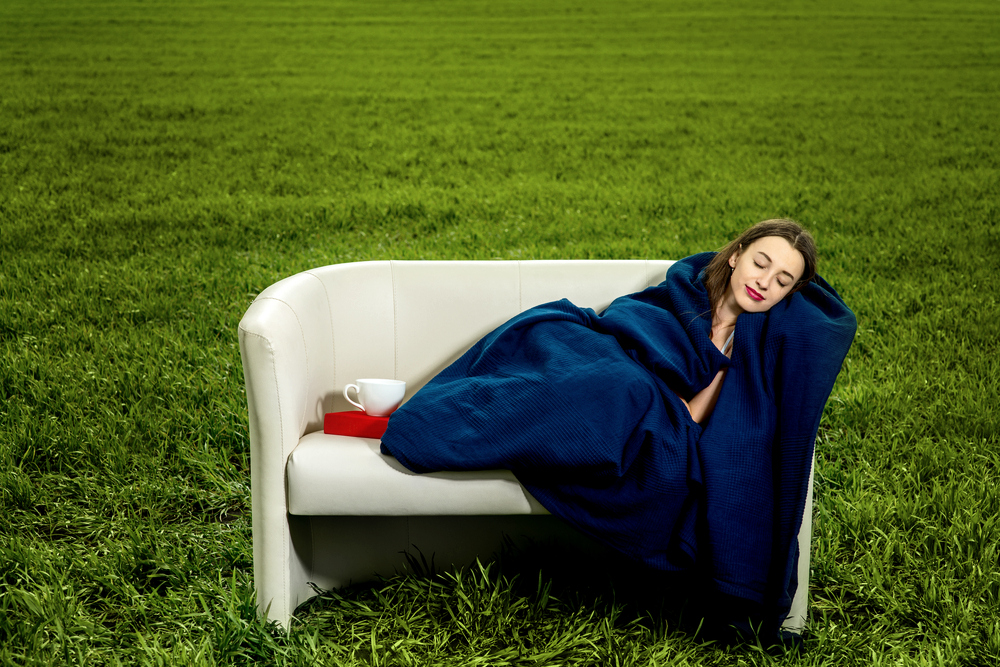We know the brain does beautiful things while we are sleeping. Sleep is important for consolidating learning, storing memories, finding creative solutions to problems and processing emotional issues. Recently, scientists have added to its list of heroics and the findings and what they have discovered is fascinating.
Research has found that sleep has a(nother) remarkable function. Sleep literally cleanses your mind by opening hidden caves in the brain and clearing out toxins.
Researchers have demonstrated that during sleep, the space between brain cells expands, allowing for the flushing of toxins that build up in the central nervous system during the hours we are awake.
‘Sleep changes the cellular structure of the brain. It appears to be a completely different state,’ Maiken Nedergaard, M.D., D.M.Sc., co-director of the Center for Translational Neuromedicine at the University of Rochester Medical Center in New York.
The study, published in Science, shows that during sleep a plumbing system called the glymphatic system seems to open, allowing fluid to flow rapidly through the brain and wash away toxins that have accumulated between the cells.
‘It’s as if Dr Nedergaard and her colleagues have uncovered a network of hidden caves and these exciting results highlight the potential importance of the network in normal brain function,’ Roderick Corriveau, Ph.D., a program director at NINDS.
Researchers made the discovery by injecting dye into the cerebrospinal fluid (CSF) of mice. The CSF is a clear liquid surrounding the brain and spinal cord. (Researchers used mice in the study because of their striking genetic and biological similarity to humans.)
When the mice were unconscious, either asleep or anaesthetised, the dye flowed rapidly but when the same mice were awake, the dye barely flowed at all.
From this, the researchers tested the theory that the space between brain cells increased depending on whether the mice were conscious or unconscious. To do this, they inserted electrodes into the brain to directly measure the space between cells.
They found that when the mice were asleep or anaesthetised, the cellular structure of their brains changed dramatically, with the space inside their brains increasing by 60%.
When we are awake, the CSF mostly covers the surface of the brain. When we sleep, the CSF is able to move deep inside. The effect is striking – potential neurotoxins, like β-amyloid, which have been associated with Alzheimer’s, are cleared twice as fast while we are sleeping as while we are awake.
Previous research has suggested that toxic molecules involved in neurodegenerative disorders collect in the space between brain cells. Nedergaard and her colleagues tested whether the glymphatic system controls this, by injecting the mice with a protein associated with Alzheimer’s disease and measuring the length of time it lasted in their brains when they were asleep or awake. The protein disappeared faster in mice brains when the mice were asleep. This finding suggests the critical role of sleep in clearing toxic molecules from the brain.
Further research is needed to see if the results hold true in humans, but they may have broad implications for our understanding and treatment of neurological disorders.
This study offers preliminary explanations for the observations that many neurological disorders like strokes and dementia are associated with poor sleep patterns. Specifically, lack of sleep may impede the brain from cleaning out toxins, lead to a build-up and ultimately, long-term damage.
As put so eloquently by the researchers, ‘We need sleep. It cleans up the brain.’
[irp posts=”2334″ name=”I Just Want To Go To Sleep! How to Sleep Better (According to Science)”]



Good night.
This article only serves to highlight why it is so vital that physicians take their patient’s insomnia seriously, and treat it aggressively. Too many doctors are afraid to treat insomnia with medications.